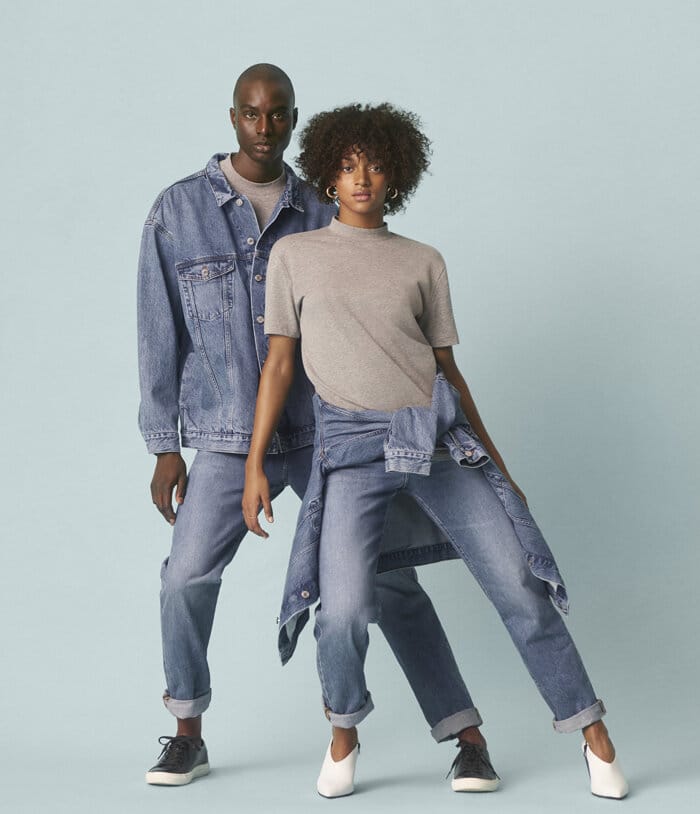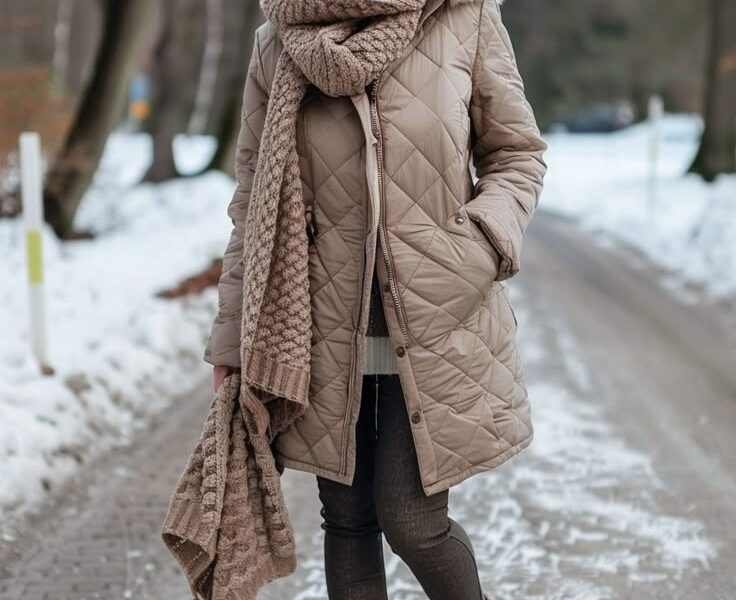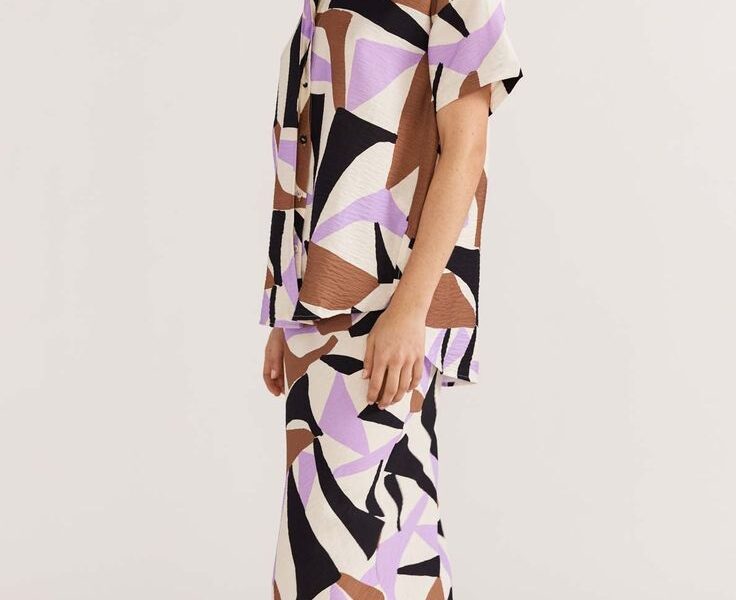In 2025, fashion is evolving into a space where inclusivity and individuality matter more than rigid categories. The rise of gender-neutral and inclusive styles reflects society’s shift toward valuing diversity, self-expression, and equality. Traditionally, fashion has been divided into “men’s” and “women’s” sections, with clothing designed to fit stereotypes of masculinity and femininity. However, this binary approach is no longer sufficient for a generation that sees identity as fluid and personal.
Gender-neutral fashion has grown into a global movement, embracing designs that prioritize versatility, comfort, and inclusivity. Silhouettes are often loose, layered, and adaptable, allowing wearers to style them in ways that best represent their identity. Neutral palettes dominate, but brands are also exploring vibrant colors and patterns that break the myth that “unisex” means plain. The emphasis is on individuality—clothes that anyone can wear, regardless of gender label.
Inclusivity extends beyond gender identity to body diversity and accessibility. Consumers demand clothing that is available in extended sizes and adaptive designs that consider people with disabilities. This trend represents a fashion industry that is listening to its audience and recognizing that beauty is not limited to one body type or ability.
Fashion campaigns are also reflecting this inclusivity. Runways and advertisements now showcase models of varying genders, sizes, and abilities, sending the powerful message that fashion belongs to everyone. This is no longer just a trend but a necessary transformation shaping the future of style.
By embracing gender-neutral and inclusive styles, the fashion industry is dismantling outdated norms and creating space for self-expression. It is about more than clothing—it is about equality, visibility, and celebrating the uniqueness of every individual.
Unisex Clothing Lines
Unisex clothing lines have become one of the defining features of modern fashion. Instead of creating separate designs for men and women, brands are producing garments that anyone can wear, regardless of gender identity. This approach aligns with the values of freedom, individuality, and equality that consumers, particularly younger generations, are demanding in 2025.
The appeal of unisex fashion lies in its simplicity and versatility. Oversized shirts, relaxed trousers, hoodies, sneakers, and jackets dominate these collections. These pieces are designed with neutral cuts and adjustable fits, ensuring they flatter a wide variety of body shapes. Neutral tones like black, grey, white, and beige often serve as the foundation, but many designers are expanding into bold patterns and bright colors to showcase that unisex fashion can be playful, expressive, and stylish.
Beyond comfort and practicality, unisex clothing has cultural significance. It challenges the traditional fashion system that forces people into gender-specific shopping experiences. Instead, it provides individuals the freedom to express themselves authentically, without being confined to labels. This resonates with Gen Z and Millennials, who value inclusivity and authenticity in the brands they support.
Global fashion houses and independent designers are both embracing unisex collections. High-end labels present unisex pieces on runways, while streetwear and fast-fashion brands integrate them into everyday retail. Celebrities and influencers wearing unisex styles on social media further normalize the trend, making it aspirational as well as accessible.
Ultimately, unisex clothing lines are about democratizing fashion. They eliminate unnecessary divisions and focus on creating clothing that anyone can wear with confidence. By redefining style as universal, they embody the future of a fashion industry that is inclusive, adaptive, and progressive.
Size Inclusivity and Adaptive Fashion
Size inclusivity and adaptive fashion are reshaping the industry by ensuring that style is truly for everyone. For decades, mainstream fashion operated within narrow boundaries, often excluding people who didn’t fit into traditional size ranges or who had specific accessibility needs. In 2025, this exclusion is being challenged head-on as brands prioritize designs that embrace body diversity and inclusivity.
Size inclusivity means offering clothing in a wide range of sizes, from petite to plus-size, while maintaining the same quality, fit, and style across the spectrum. It goes beyond simply scaling patterns up or down; it requires thoughtful design that ensures proportions and comfort are consistent. Plus-size collections are no longer limited or separate—they are integrated into mainstream lines, making stylish clothing more accessible to all.
Adaptive fashion, on the other hand, focuses on accessibility for individuals with disabilities or specific physical needs. Innovations include magnetic buttons instead of traditional fasteners, elastic waists, wheelchair-friendly cuts, and fabrics designed for sensitive skin. These designs make dressing easier, more comfortable, and empowering for people who were often overlooked by the fashion industry.
The importance of these movements extends beyond clothing. Fashion campaigns now highlight models of all sizes, shapes, and abilities, sending a powerful cultural message: beauty is diverse. This representation creates visibility, builds confidence, and challenges outdated beauty standards.
Consumers now expect inclusivity as the norm, not an exception. Brands that embrace size inclusivity and adaptive fashion are not only expanding their market but also building deeper trust and loyalty. By celebrating every body and making fashion accessible to all, the industry is finally moving toward its ultimate purpose—allowing everyone to express themselves freely through style.


